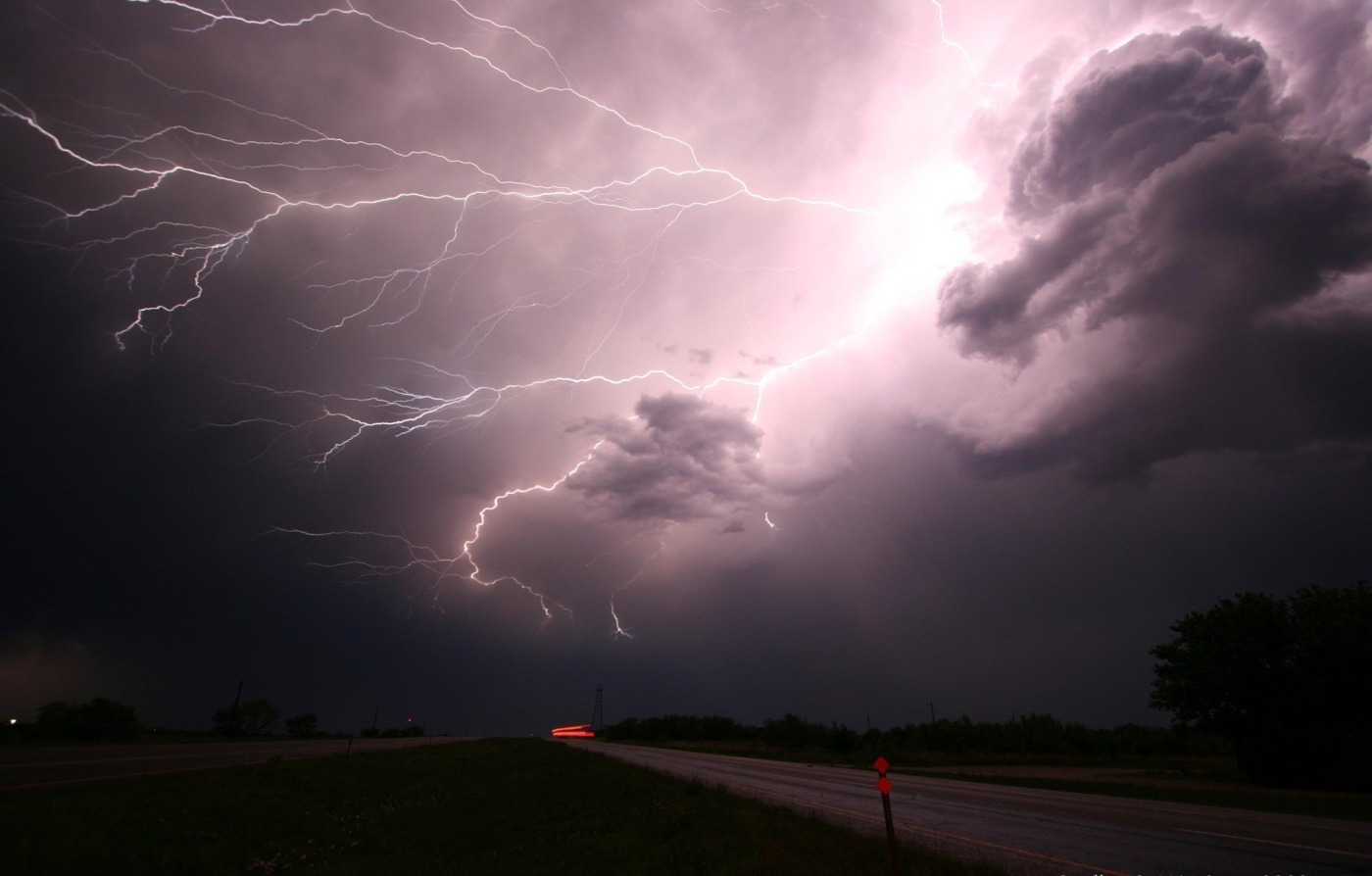Did lightning jumpstart life on Earth?
If you’ve ever seen a film version of Frankenstein, you’re probably familiar with how the mad doctor uses lightning to create life. Although it’s not exactly the same scenario, research from the University of Leeds suggests that lightning may also have been pivotal in facilitating life on Earth.
During his undergraduate studies, Benjamin Hess and his mentors were studying an exceptionally large and pristine sample of fulgurite, which is a rock created when lightning strikes the ground. Their sample was formed in 2016 after lightning struck a property in Illinois, and donated for study. The team were initially interested in how fulgurite is formed but, during their research, they found the sample contained a large amount of a highly unusual phosphorous mineral called schreibersite.
The immediate question is exactly where the necessary phosphorus came from
Why does this matter? Let’s take a trip about four billion years ago – there was plenty of water and carbon dioxide in the atmosphere, which are essential for life’s fundamental molecules, but life also needs phosphorus. Most of Earth’s natural phosphorus was bound up in insoluble rock, and thus impossible to combine into organic phosphates (an ion composed of three oxygen atoms and one phosphorus atom, which are crucial to all known forms of life). The immediate question is exactly where the necessary phosphorus came from.
A dominant theory is that early Earth got its phosphorus from meteors carrying schreibersite, but this is complicated by the fact that the rate of meteor trikes on Earth dropped exponentially as most of the solar system had taken shape about four billion years ago. But analysing the Illinois sample suggested that lightning can also produce this mineral, and so the team set out calculating whether enough lightning could have struck early Earth to release a significant amount of the element into the environment.
Using models of Earth’s early atmosphere, the team estimate that between 100 million and one billion bolts struck land each year and, over a billion years, that adds up to around a quintillion lightning strikes. According to their calculations, lightning could have given Earth anywhere from 110 to 11,000 kilograms of phosphorus each year. It’s a huge range with a lot of uncertainty, but even the smallest amount shows its mathematically possible that the phosphorus created by lightning could have made an impact on life on Earth.
According to their calculations, lightning could have given Earth anywhere from 110 to 11,000 kilograms of phosphorus each year
Mr Hess, who is now a PhD student at Yale, said: “Many have suggested that life on Earth originated in shallow surface waters, following Darwin’s famous ‘warm little pond’ concept. Most models for how life may have formed on Earth’s surface invoke meteorites which carry small amounts of schreibersite. Our work finds a relatively large amount of schreibersite in the studied fulgurite. Lighting strikes Earth frequently, implying that the phosphorus needed for the origin of life on Earth’s surface does not rely solely on meteorite hits.”
Excitingly, although the study may explain how life developed on Earth, it also indicates that a similar process could occur on other worlds in the right conditions. Dr Jason Harvey, associate professor of geochemistry at Leeds and one of Mr Hess’ mentors in the research project, explains: “The early bombardment is a once in a solar system event. As planets reach their mass, the delivery of more phosphorus from meteors becomes negligible. Lighting, on the other hand, is not such a one-off event. If atmospheric conditions are favourable for the generation of lighting, elements essential to the formation of life can be delivered to the surface of a planet. This could mean that life could emerge on Earth-like planets at any point in time.”
Now that Hess and the team have theoretical evidence that lightning might be partially responsible for life on Earth, they’re looking to find more evidence. Mr Hess said: “We’re looking to collect fulgurites that formed on rock-types that are thought to have been dominant on early Earth, such as basaltic rocks from ocean islands like Hawaii. By studying the state of phosphorus in basaltic rocks, we should be able to give further support to our hypothesis.”

Comments